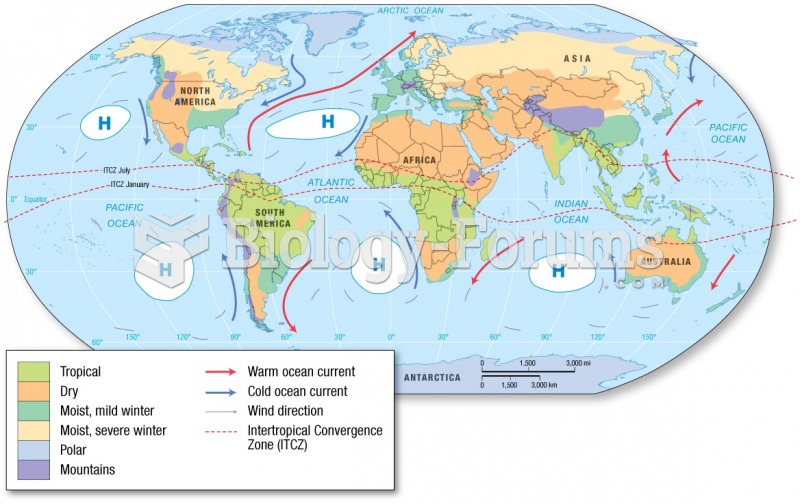Answer to Question 1
The bottom line is that we just don't have the technology to support this kind of travel. The distances between stars are almost beyond comprehension. The fastest human device ever launched, the New Horizons probe currently on its way to Pluto and the Kuiper Belt, will take about 90,000 years to travel the distance to the nearest star, 4 light-years. The obvious way to overcome these huge distances is with tremendously fast spaceships, but even the closest stars are many light-years away.
Nothing can exceed the speed of light, and accelerating a spaceship close to the speed of light takes huge amounts of energy. Even if you travel slower than light, your rocket would still require massive amounts of fuel. If you wanted to pilot a spaceship with a mass of 100 tons (about the size of a fancy yacht) to the nearest star, and you traveled at half the speed of light so as to arrive in eight years, the trip would require 400 times as much energy as the entire United States consumes in a year. Don't even think about how much fuel the starship Enterprise needs.
These limitations not only make it difficult for humans to leave the Solar System, but they would also make it difficult for aliens to visit Earth.
Answer to Question 2
There was a splash of news stories in the 1990s regarding supposed chemical and physical traces of life on Mars discovered inside a Martian meteorite found in Antarctica. A research group claimed that the meteorite contained chemical and physical traces of ancient life on Mars, including what appear to be fossils of microscopic organisms. That evidence has not been confirmed, and the claim continues to be tested and debated. From reviewing spectrographs of the Martian atmosphere, methane is most abundant in locations apart from volcanic regions, indicating the methane might be produced biologically.
Although measurements by the Curiosity rover have proven conclusively that Mars once had an environment that could have supported Earth-like life, evidence of life on Mars may have to wait until a future rover drills into the soil and discovers signs of metabolizing organisms, or a geologist astronaut scrambles down dry Martian streambeds and cracks rocks open to find fossils.
There is presently no compelling evidence for the existence of life in the Solar System other than on Earth.







